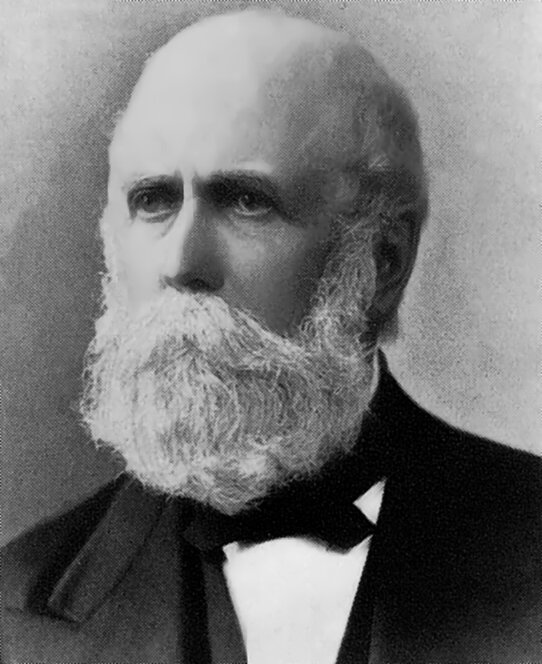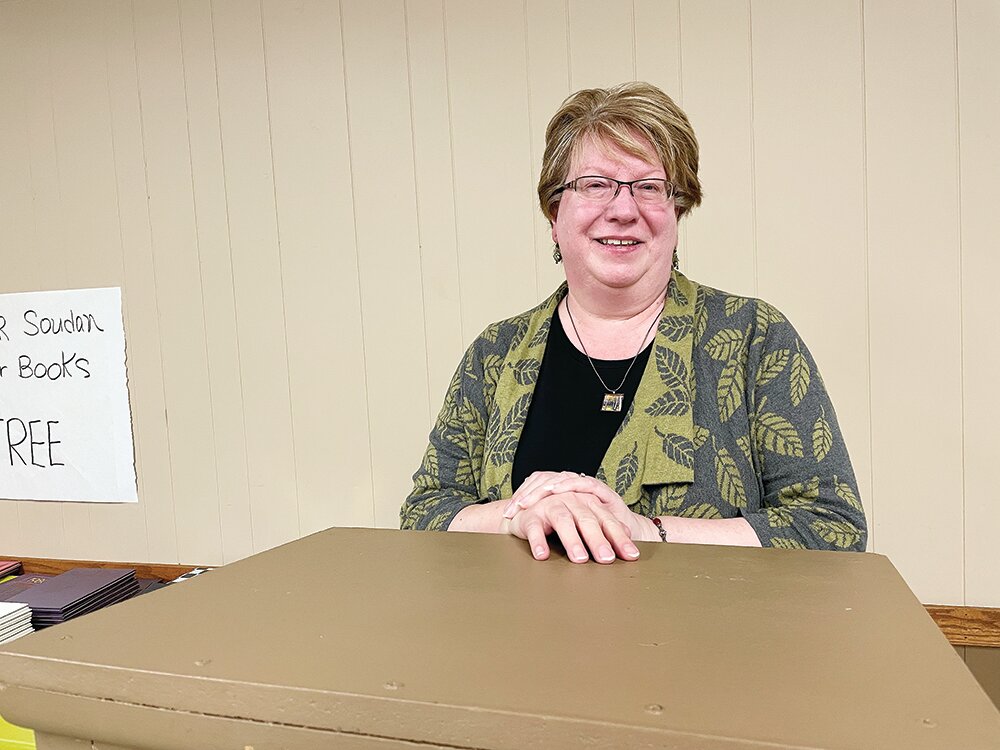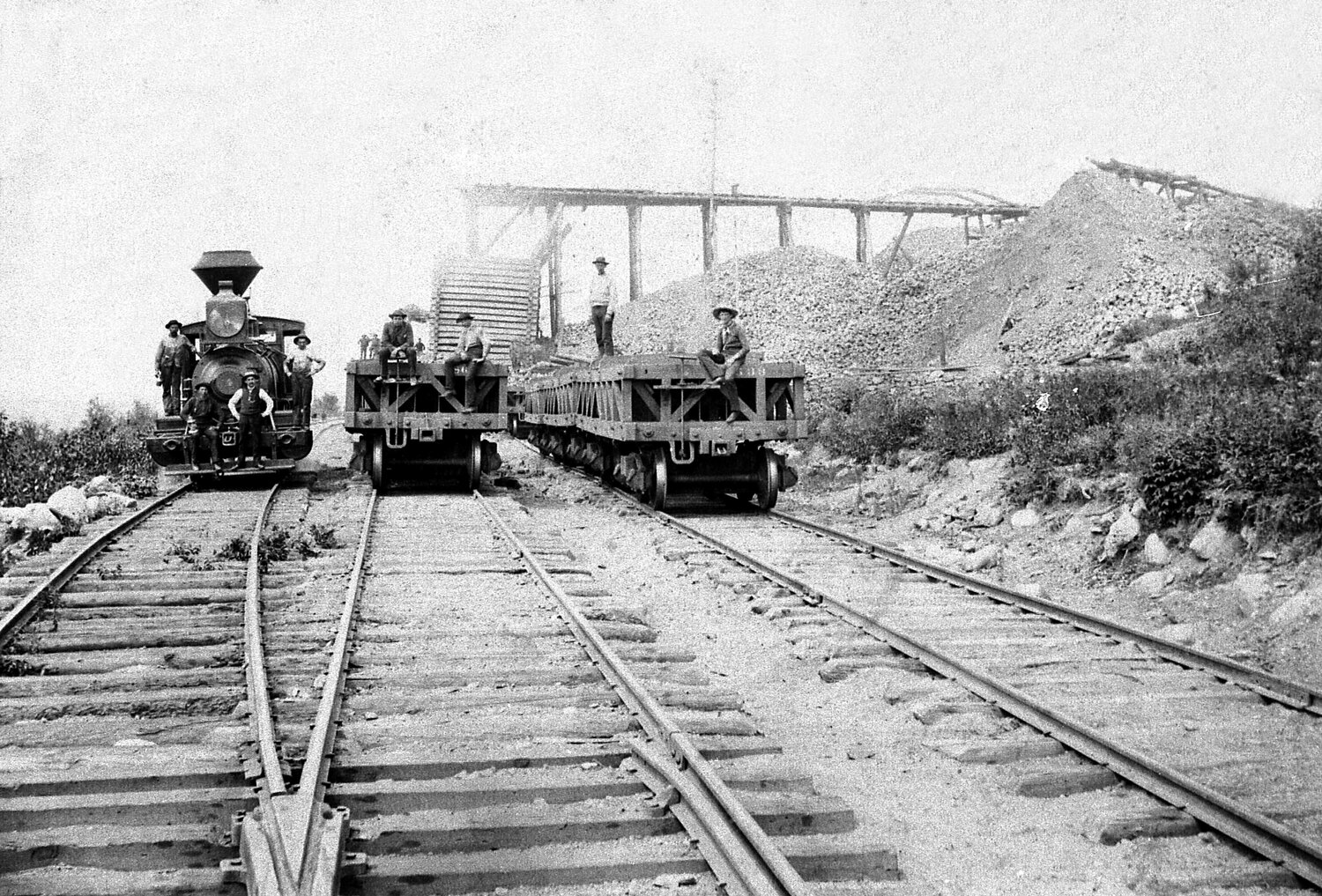Support the Timberjay by making a donation.
Just who was Charlemagne Tower?
TOWER- Amateur historian Mary Palcich Keyes has plenty to say about Tower’s namesake, Charlemagne Tower, whose name lives on even though he never visited the area. During a talk presented at …
This item is available in full to subscribers.
Attention subscribers
To continue reading, you will need to either log in to your subscriber account, below, or purchase a new subscription.
Please log in to continue |
Just who was Charlemagne Tower?
TOWER- Amateur historian Mary Palcich Keyes has plenty to say about Tower’s namesake, Charlemagne Tower, whose name lives on even though he never visited the area. During a talk presented at the Tower-Soudan Historical Society’s annual meeting on Sept. 14, she said that reading about TSHS’s rummage sale, named Charlemagne’s Attic, piqued her interest.
“It made me think I needed to learn more about Charlemagne,” she said. “I began to do research in early 2021, during those difficult days of COVID. It removed me a little bit from the world we were living in.”
Keyes is no stranger to local history. A high school teacher by profession, she also taught classes on Minnesota history and historical research at the Minnesota History Center in St. Paul. When she and her husband Joe returned to Hibbing in 2003, they opened a bookstore. She writes the “Years of Yore,” column on Iron Range history for the Mesabi Tribune, and other history articles for the Hometown Focus. Keyes holds leadership roles in the Hibbing Historical Society and represents the society on the St. Louis County Historical Society Board of Governors.
Tower was born in 1809 in Paris, N.Y., the oldest of eight children. Keyes said she never found if he went by a nickname, or simply Charlemagne. Records show, she said, he was a direct descendent of the original Charlemagne, called Charles the Great, a king who eventually ruled the Roman Empire from 800 until his death in 814 AD.
Tower became a teacher at age 14, then at 17 attended Harvard, graduating in three years, Keyes said. After graduating, he began to study law and in 1836 was admitted to the bar. He married in 1847 and had seven children. Six were girls, his son, also named Charlemagne, went by Charlie. And this is the member of the Tower family who did visit his father’s namesake city.
Keyes talked about Tower Sr.’s colorful business history. He specialized in legal issues around land claims, and soon was speculating on land claims with various partners. In 1861, he funded his own unit for the Union Army, calling it the Tower Guards, paying for the uniforms and arms for the 270 men he recruited. Though he never served in battle, he was given the rank of Captain. He continued recruiting men for the Union army, often using nefarious means to get enlistees, sending militias to round up union-supporting workers from coal mines in Pennsylvania. Tower Sr. had many connections with mine owners who were eager to get rid of troublesome employees.
After the civil war, he focused his interest on land acquisitions, Keyes said, securing high-grade coal deposits which eventually netted him over a million dollars in profits. It was at this point his interests started merging with those searching for iron ore in the upper Midwest. At that point he was investing in railroads and became interested in the ore found on the Mesabi Range. He worked with George Stone, Jay Cooke, Albert Chester, and George Stuntz– names now memorialized in this area.
Stone urged Tower Sr. to purchase lands around Lake Vermilion. The land was available for qualified homesteaders, and Stone, using funds from Tower Sr., would help men make a claim, and then the claim would “fail,” and the homesteader could sell their land back to Tower at a profit.
“The government didn’t seem to care that the land hadn’t been improved,” said Keyes, “The land was remote, swampy, and rocky. No one except a handful knew that some of these parcels would be worth millions.”
Tower Sr. also acquired land along the North Shore of Superior, to build a harbor, and secured land to build a railroad from the shore to Vermilion.
“They used a route that the Native Americans had used for thousands of years,” she said.
Keyes talked about the contribution of Ojibwe guides to the exploration and initial mining efforts. Guides would carry weekly reports from the Lake Vermilion area to Duluth, running the almost 90 miles through trails on foot. From Duluth, the reports were sent by telegraph to Tower Sr. in Pennsylvania. The ore deposits, which the native Ojibwe had shown to Stuntz, tested out at 50 to 70-percent pure iron.
The Minnesota Iron Company was incorporated in 1882, with Charlemagne Jr. as the treasurer. He came to Minnesota to oversee the construction of the railroad, writing daily letters back to his father noting the progress. Tower Sr. then recruited the Ely brothers, Samuel and George, who had successful iron mine holdings in the Upper Peninsula of Michigan, to invest in the new mine. They brought 350 men, women, and children from the UP to start mining operations, and on July 31, 1884, the first shipment of ore was sent from the Soudan Mine to the new harbor on Lake Superior.
Charlie Jr. sent a telegram that day to his father, “all well contented with our day,” it read.
“Charlemagne Tower’s money and willingness to take a risk was responsible for the mining operation,” Keyes said. Tower Sr. soon sold the mining interests for $6.4 million, not getting a full return on his investments. He died in 1889.
Charlie Jr. stayed in Duluth until 1887, when he moved back to Philadelphia to teach. A few years later, he was named by President William McKinley as ambassador to Austria, and later served as ambassador in Russia and Germany before returning to the states. He died in 1923.
Mary Palcich Keyes said her research included newspaper articles, such as the Duluth News Tribune, from Feb. 4, 1979 and July 1, 1984. Another important resource is “Minnesota’s Iron Country,” by Marvin Lamppa (out of print but available at area libraries), as well as “Iron Millionaire,” by Hal Bridges. There are Wikipedia entries for both Charlemagne Sr. and Jr. that have good information, she said, and the Tower-Soudan Historical Society has some articles as well.
“Lake Vermilion- Memories of the Early Days” also is a good resource on the early days of Tower and Soudan, and is available for purchase at the Timberjay office in Tower.











